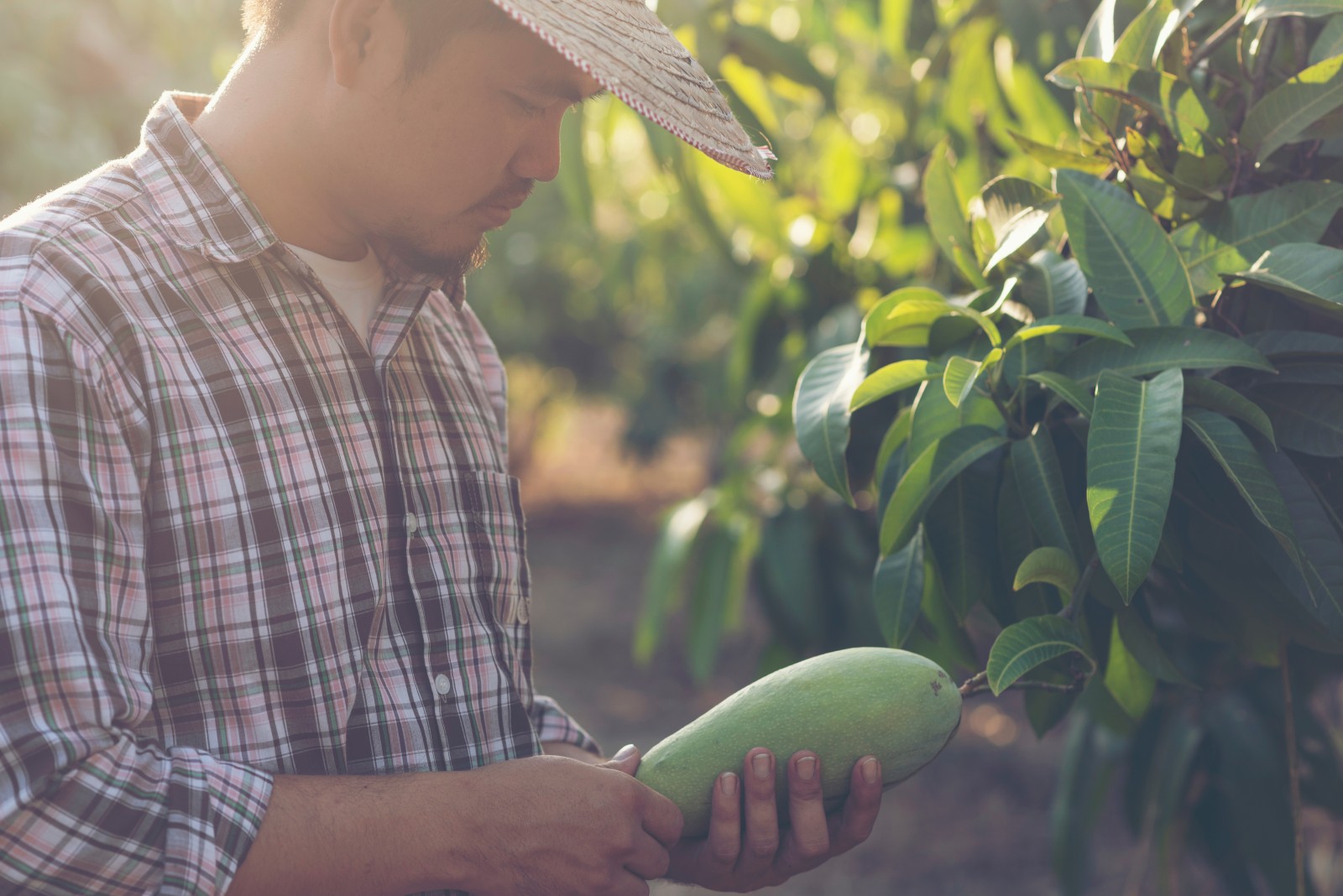How to Make your Brand Stand Out
Being a newbie in any industry is tough, most especially in the cutthroat world of food and bever-ag...

September 14, 2021
Mangoes are so prevalent in the Philippines that you wouldn’t need to look too hard to come across a mango tree—anyone with a backyard probably has one. Mangoes are not only well- loved in this country, where it is considered a national symbol, but it is also one of the most popular and most consumed fruits in the world. Fortunately, the Philippines grows them best, and that’s not even subjective. In 1995, the Guinness Book of World Records listed the local carabao mango (also known as Manila Super Mango and champagne mango) as the sweetest fruit in the world.
But in a place where mangoes grow ubiquitously, where can you find the best and sweetest ones?
This small island in Western Visayas is world-renowned for its mangoes. In fact, the mango is such a celebration here that an entire festival is dedicated to it. Considered the Mango Capital of the Philippines, Guimaras has over 7,200 mango growers that produce the fruit in high gear—11,000 metric tons alone were generated in 2020. These fruits are exported all over the world and, in 2016, they even broke into the Australian market. According to news reports, Guimaras mangoes have also been served at both the White House and Buckingham Palace.
If Guimaras is famous for its Super Galila, then Zambales has the Sweet Elena. Both are strains of carabao mango. Upon the latter’s discovery, the reddish-tinted mango was deemed the weightiest and sweetest in the world. It also had the highest edible ratio compared to other varieties. Like Guimaras, Zambales also holds an annual mango festival, the Dinamulag, which is celebrated every March or April, at the start of the season.
The competition between Guimaras and Zambales mangoes has been intense. In 2006, the Department of Agriculture’s BAR Research and Development Digest deemed the Sweet Elena as the sweetest mango variety. The DA itself confirmed this honor in 2013. Moreover, the mango cited in the Guinness World Records is reportedly of Zambales origin. In 2015, however, BAR confirmed that the Super Galila has the highest level of degrees Brix, which is the measure of sugar content—22.3 over Sweet Elena’s 18.98. This new study also stated that the bright yellow Guimaras signature was much heavier with a higher edibility ratio.
Pangasinan accounts for 30% of mango production in the country. Within the region, the city of San Carlos is the most prolific, averaging a yield of 14 metric tons in one hectare of 44 trees. Pangasinan mangoes are used by many local companies in creating mango by-products. They have also been exported to Hong Kong and Japan. In 2020, Pangasinan mango production faced pest issues, which marred the otherwise smooth, velvet surface of ripe mangoes. Growers quickly flipped the situation around by turning unripe mangoes into pickles.
The MMSU Gold strain was discovered by a group of researchers at the Mariano Marcos State University (MMSU). Falling under the carabao mango classification, the MMSU is known for its creamy, nearly fiber-free flesh and smooth skin. Considered to be one of the sweetest variants, it ranks 18 degrees on the Brix scale. Like many other mangoes on this list, it is primed for export.
Huani isn’t the most popular mango strain, but it certainly pulls its weight as far as flavor is concerned. Also called kuwini or Saipan, this variety is notable for its distinctly strong aroma (of almost a durian quality). Huani trees thrive so much in tropical areas that the mangoes are sold incredibly cheap during mango season. The fruit itself flaunts a striking orange hue underneath the bright green skin. While it may be enjoyed raw, its bold sweetness and fibrous nature lend themselves well to creating delicious mango products, like jams or chutney.
Check out these food fusions between Filipino and Middle Eastern cuisines
The unending quest for healthy and sustainable food amid changing lifestyles
A quick look at the Philippine food staple often getting a bad health rap